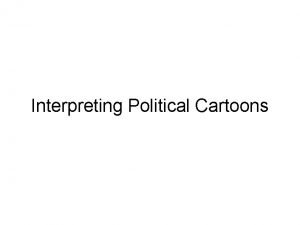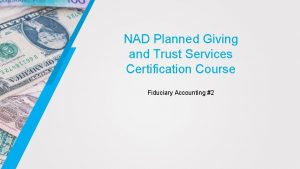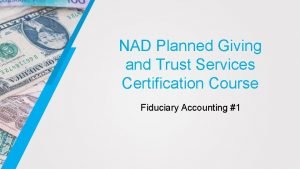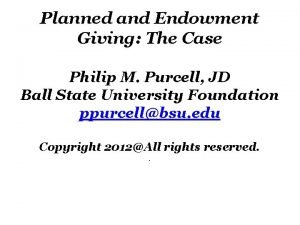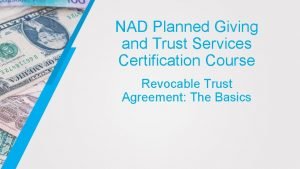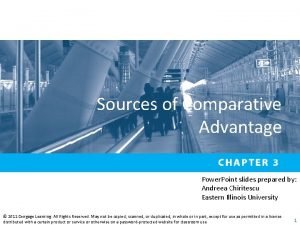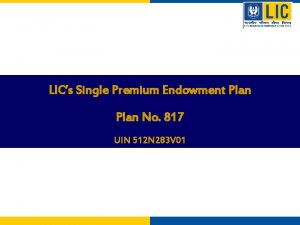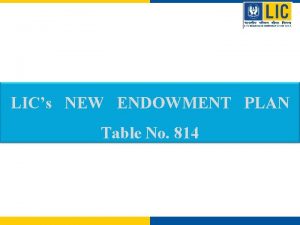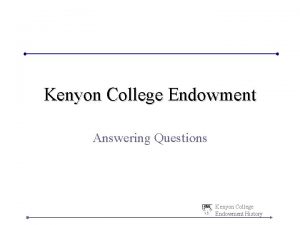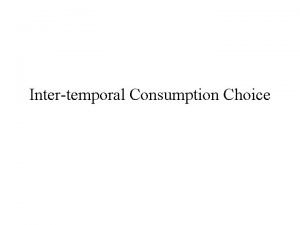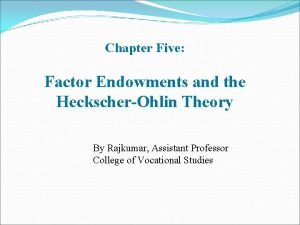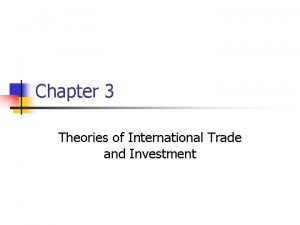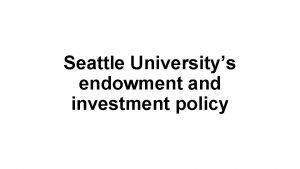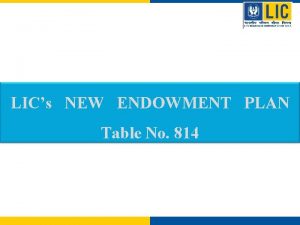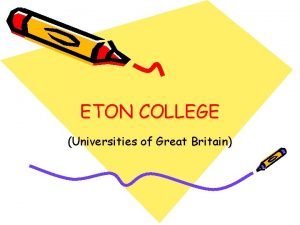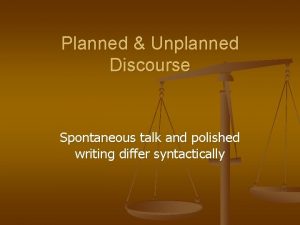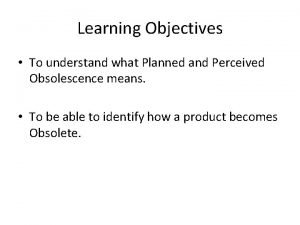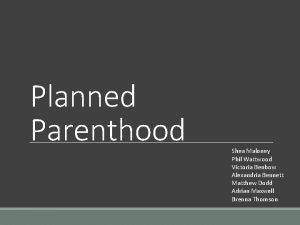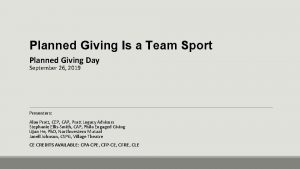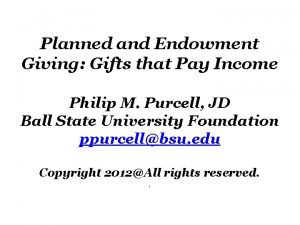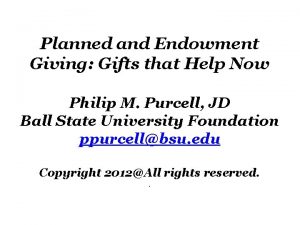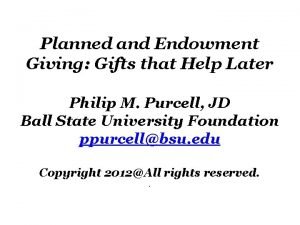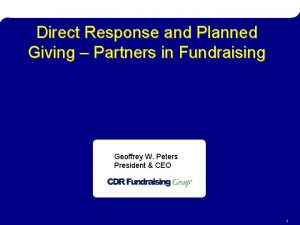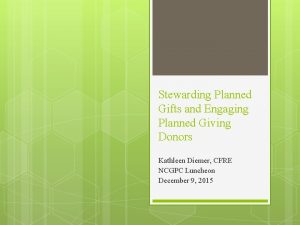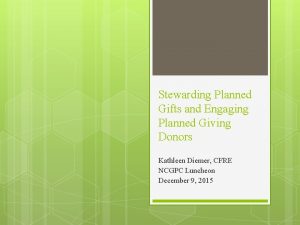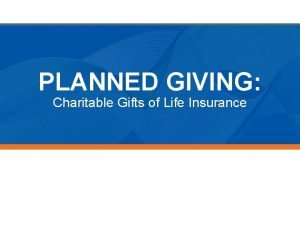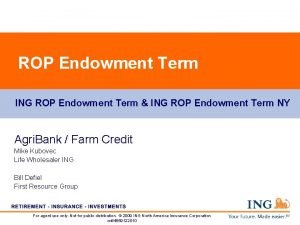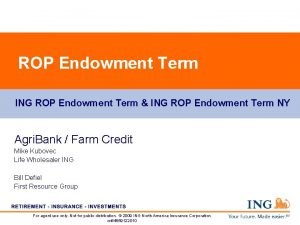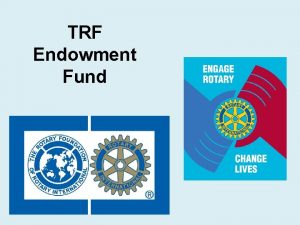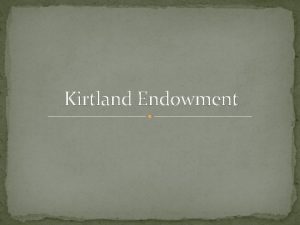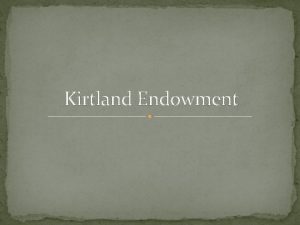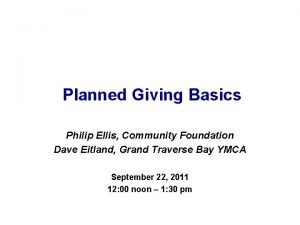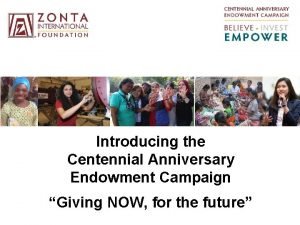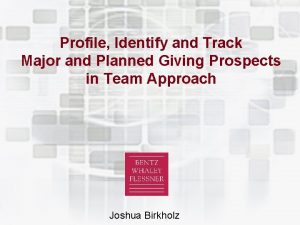Planned and Endowment Giving The Case Philip M


































- Slides: 34

Planned and Endowment Giving: The Case Philip M. Purcell, JD Ball State University Foundation ppurcell@bsu. edu Copyright 2012@All rights reserved. .

The Case for Planned Giving for your Organization

Sources of Gifts Charitable giving in billions of $, 2010 Sources of revenue for reporting public charities, 2008 Source: Urban Institute, National Center for Charitable Statistics, Core Files (2008) in Kennard Wing, Katie L. Roeger, Thomas H. Pollak, The Nonprofit Sector in Brief: Public Charities, Giving and Volunteering, Urban Institute, 2010. & Giving USA 2011.

Intergenerational Wealth Transfer WWII Generation Baby Boomers Estimated $20+ trillion will be transferred over next two decades 1998 2018 Generation X&Y As much as $6 trillion expected to be transferred to philanthropic purposes 2052

Social Capital • Gift planning can minimize taxes by increasing charitable gifts as “social capital”. • Planned gifts offer unique opportunities to maximize support for charitable organizations during the wealth transfer!

While annual giving programs focus on gifts of cash from annual income… Planned and major giving programs focus on gifts of assets …

Portfolios of the Wealthy ($1, 000 or more. Percentage value of Portfolio Components) Life Insurance 8% m e r ti e R % 11 Ot Business Interests 24% he r 3% Ca sh 5% Federal Reserve Information Released • February 2003 • Stock & Bonds 22% ts t en A e ss Real Estate 27% Update, 5

Fundraising Pyramid: The Lost Symbol? Planned Gifts___________ Major Gifts___________ Increased/Repeat Annual Gifts_____ First Time Gifts________

Benefits of Planned Giving to the Nonprofit Increases available options of giving Planned gifts tend to be large gifts Acquire donors/assets not otherwise available Often produces “actual-received” gifts on a regular basis for operating expenses • Often leads to increased future gifts through donor’s additional estate and charitable planning • • Sec. 1, 13

Benefits to Nonprofit • Increases possibility of a donor moving a bequest to a lifetime gift • May be irrevocable as well as revocable • May be used as a basis for future planning • Frequently have promotional value

How Planned Giving Stimulates Current (Cash) Giving • No one cares more about the success of the charity than someone who has made a major/significant gift commitment • Planned gift donors position themselves for nurturing and personal attention • Those donors want to be informed of the successes and needs of the charity • Planned gifts often increase the donor’s cash flow; may be available for current giving Sec. 1, 11

Current Use Planned Gifts • Some planned gifts are designed to produce only current gifts, such as: 1. Gifts of assets 2. Charitable endowments 3. Charitable lead trusts

The Case for Planned Giving for Donors

Definition of Planned Gifts (Partnership for Philanthropic Planning) • Planned gifts are a variety of charitable giving methods that allow donors to express their personal value by integrating their charitable, family and financial goals. • Uses variety of financial tools/techniques for giving and requires the assistance of qualified specialists. • Utilizes tax incentives when appropriate.

Ethical Considerations • Oversight by Congress, IRS, State Legislatures and State Attorney Generals • Model Standards of Practice for the Charitable Gift Planner (Partnership for Philanthropic Planning) • Model Code of Ethics for Nonprofit Organizations (Independent Sector) • Code of Ethical Principles and Standards (Association of Fundraising Professionals)

A Donor Bill of Rights Philanthropy is based on voluntary action for the common good. It is a tradition of giving and sharing that is primary to the quality of life. To assure that philanthropy merits the respect and trust of the general public, and that donors and prospective donors can have full confidence in the not-for-profit organizations and causes they are asked to support, we declare that all donors have these rights: • • • To be informed of the organization’s mission, of the way the organization intends to use donated resources, and of its capacity to use donations effectively for their intended purposes. To be informed of the identity of those serving on the organization’s governing board, and to expect the board to exercise prudent judgment in its stewardship responsibilities. To have access to the organization’s most recent financial statements. To be assured their gifts will be used for the purposes for which they were given. To receive appropriate acknowledgment and recognition. • • • To be assured that information about their donations is handled with respect and with confidentiality to the extent provided by law. To expect that all relationships with individuals representing organizations of interest to the donor will be professional in nature. To be informed whether those seeking donations are volunteers, employees of the organization or hired solicitors. To have the opportunity for their names to be deleted from mailing lists that an organization may intend to share. To feel free to ask questions when making a donation and to receive prompt, truthful and forthright answers. DEVELOPED BY: American Association of Fundraising Counsel (AAFRC), Association for Healthcare Philanthropy (AAHP), Council for Advancement and Support of Education (CASE), Association of Fundraising Professionals (AFP). INITIAL ENDORSERS: Independent Sector, National Catholic Development Conference (NCDC), National Committee on Planned Giving (NCPG), National Council for Resource Development (NCRD), United Way of America. Introduction, 31


Profile of the Planned Gift Donor • Loyal annual giver. • Age 45 and up. The “Boomer” Generation. • College education. • Wealth – but remember that the planned gift may be the largest gift a donor may make!

Customized Planned Giving • Charitable gift planning is a “customized” process to meet the unique estate planning goals of each donor. • Donors decide important aspects such as: 1. Timing 2. Type 3. Assets 4. Use

With Gift Planning, the Donors Decide the Timing of Their Gifts • Gifts may be contributed during lifetime (inter vivos gifts) or at death (testamentary gifts). • Gifts may be motivated to reduce taxes during high income years such as sale of a business. • Gifts may coincide with life events such as retirement, receipt of inheritances, loss of a loved one, marriage and special needs.

The Donor Selects Type of Plan 1. Gifts that Help Now: Outright Gifts, Endowments and Lead Trusts 2. Gifts that Help Later: Bequests in a Will or Trust plus Other Deferred Gifts such as Beneficiary of Life Insurance or Retirement Plans, Payments on Death, Remainder Interests in Real Estate 3. Gifts that Pay Income: Gift Annuities, Charitable Remainder Trusts and Pooled Income Funds

Donor Chooses Assets Used for the Gift Plan • Gifts of appreciated assets such as stock and real estate allows the donor to escape potential capital gains tax. • Planned gifts may convert non incomeproducing assets into a dependable source of lifetime income. • Gifts with potential liability or unwanted donor restrictions may be declined.

Donor Recommends Use of the Gift • Gifts can be contributed to the annual campaign, a special initiative, or an area of focus. • Many planned gifts are designated for endowment. • Be careful with restrictions – and review ahead of time!

Benefits of Planned Giving to the Donor • • Make a gift and retain income from gift property Maximize gifts by minimizing net cost Increase spendable income Negotiate the rate of income Income related to value instead of earnings Secure income in a tax-advantaged way Defer Income Secure a contribution deduction (income tax savings) Sec. 1, 15

• Avoid capital gains tax • Establish a tax-sheltered fund to enhance growth potential • Tax-free diversification options • Management options (Trusteeship) • Incentive for comprehensive estate planning • Gift, estate tax, and probate cost savings • Relate charitable objectives to personal financial plan objective • Satisfaction of a partnership in a worthy cause through a gift provision

Review of Tax Benefits for Charitable Giving 26

Basic Tax Benefits for Charitable Giving • Income Tax Charitable Deduction • Capital Gains Tax Saving • Unlimited Gift and Estate Tax Charitable Deduction • Income Tax Credit (available in some states)

Tax Information • • Personal Ordinary Income Tax rates: 10% - 35% Alternative Minimum Tax: 26% - 28% Corporate Income Tax: 15% - 35% Capital Gains Tax: – Short Term (gain income from assets held one year or less) : 10% - 35% – Long Term (assets held more than one year): 0% (if ordinary tax rate is 10% or 15%) 15% (if ordinary tax rate is 25% or greater. Update, 7

Estate and Gift Tax Rates Economic Growth and Tax Relief Reconciliation Act of 2001 and 2010 Tax Relief Act Calendar Year Estate Tax Death time Transfer Exemption and Generations Skipping Exemption Gift Tax Exemption Highest Estate And Gift Tax Rate 2004 $ 1. 5 million $ 1 million 48% 2005 $ 1. 5 million $ 1 million 47% 2006 $ 2 million $ 1 million 46% 2007 $ 2 million $ 1 million 45% 2008 $ 2 million $ 1 million 45% 2009 $ 3. 5 million $ 1 million 45% 2010 $ 5 million $ 1 million 35% (subject to optout election) 2011 $ 5 million (unified with gift tax) $ 5 million 35% 2012 $ 5 million (unified with gift tax) $ 5 million 35% 2013 $ 1 million (unified with gift tax) $ 1 million 55%

Income Tax Charitable Deduction • Donors may deduct charitable contributions of cash or property made to qualified organizations or for qualified purposes if the donor itemizes his or her deductions. • Resource: IRS Publication 526, Charitable Contributions

Limits on Income Tax Charitable Deduction for Cash Gifts • If a cash gift is made to a public charity (not a private foundation), the annual deduction limit is 50% of Adjusted Gross Income (AGI). • Excess deduction (above the limit) may be carried over for five more years, using as much available deduction each year as possible.

Charitable Deduction Annual Limit for Non-Cash Gifts • In general, if a property gift is made to a public charity, the annual deduction limit is 30% of Adjusted Gross Income (AGI). • Excess deduction (above the limit) may be carried over for five more years, using as much available deduction each year as possible.

Not All Gifts Qualify for an Income Tax Charitable Deduction No deduction is allowed for some gifts such as: • Volunteer time or services. • Loan of property. • Non-qualified partial interest gifts. • Gifts to non-qualified organizations or purposes such as foreign organizations. Qualified recipients are listed in IRS Publication 78. 33

Key Take Aways 1. Planned Gifts are a way to give assets that is best done with thoughtful and ethical estate and charitable planning. 2. Planned giving must be integrated into a comprehensive fundraising program.
 A wise economist asks a question analysis
A wise economist asks a question analysis Planned giving certification
Planned giving certification Planned giving and trust services
Planned giving and trust services Phil purcell planned giving
Phil purcell planned giving Planned giving certification
Planned giving certification Best worst and average case
Best worst and average case Endowment effect and loss aversion
Endowment effect and loss aversion Usafa endowment
Usafa endowment Factor endowment theory
Factor endowment theory Time endowment
Time endowment Single premium endowment plan 817
Single premium endowment plan 817 Lic endowment plan table 14
Lic endowment plan table 14 Kenyon endowment
Kenyon endowment What is the endowment point in economics
What is the endowment point in economics Factor endowments
Factor endowments The leontief paradox
The leontief paradox Seattle university endowment
Seattle university endowment Stony brook foundation
Stony brook foundation Uta hagen endowment
Uta hagen endowment Lic endowment plan table 14
Lic endowment plan table 14 Eton college motto
Eton college motto Los altos rotary
Los altos rotary Planned presentation
Planned presentation Planned and unplanned discourse
Planned and unplanned discourse Perceived obsolescence
Perceived obsolescence Retail store location
Retail store location Lift slab operations must be designed and planned by
Lift slab operations must be designed and planned by Defunding planned parenthood pros and cons
Defunding planned parenthood pros and cons Long case and short case
Long case and short case Image search
Image search Bubble sort algorithm pseudocode
Bubble sort algorithm pseudocode Bubble sort best case and worst case
Bubble sort best case and worst case Bubble sort best case and worst case
Bubble sort best case and worst case The ambiguous case
The ambiguous case Hình ảnh bộ gõ cơ thể búng tay
Hình ảnh bộ gõ cơ thể búng tay
